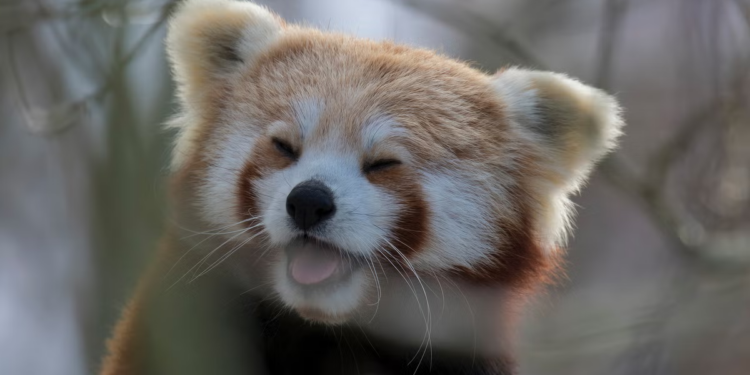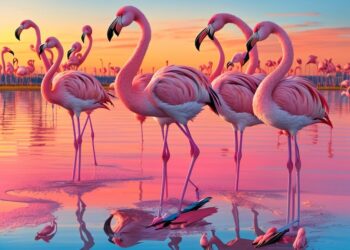Few things can evoke the same level of joy as perusing images of cutest animals. If you’re seeking a way to alleviate stress, these charming creatures, exuding their delightful energy and warmth, are guaranteed to elicit a smile. The cuddly, plump, and sweet nature of these lovable animals will rekindle your affection anew. Join us for a delightful experience as we present a compilation of the most charming and cutest animals that inhabit our planet.
Red Panda
The Scarlet Bear, also known as the Rusty Raccoon, is an adorable and intriguing animal. It is part of the Ailuridae family and lives in the Eastern Himalayas and southwestern China.
This species belongs to the Animalia kingdom, Chordata phylum, Mammalia class, Carnivora order, and Ailuridae family. Its scientific name is Ailurus fulgens, and its average lifespan is 5-12 years. It inhabits temperate broadleaf forests of the Himalayas.
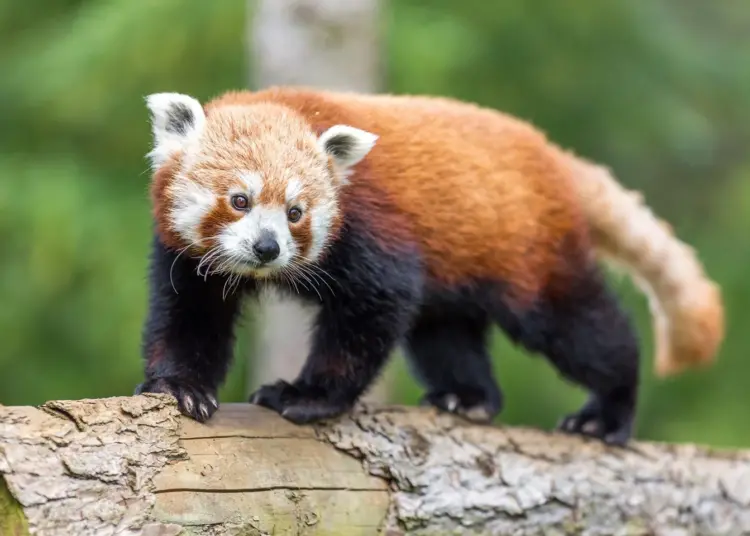
Red pandas have a special adaptation that gives them an extra ‘thumb’. This helps them to grip food like bamboo. They are great tree climbers and mainly live in trees.
Once upon a time, there was a red panda named Ruby. She was separated from her family during a snowstorm. She searched for food and shelter for days until she was rescued by conservationists. They gave her care until she could be freed in the wild. Ruby’s story shows us the importance of preserving these animals and their habitats.
Forget about bacon, the mini pig is here to warm hearts with its cuteness. It proves that even small pigs can bring a lot of joy!
Miniature Pig
Miniature Pigs come in various colors and patterns, like black, white, grey, and spotted. They need space to roam and activities to avoid obesity. Their diet is mainly high-quality pig feed with some fruits and veggies. These pigs have an intelligence that allows them to adapt to environments quickly.
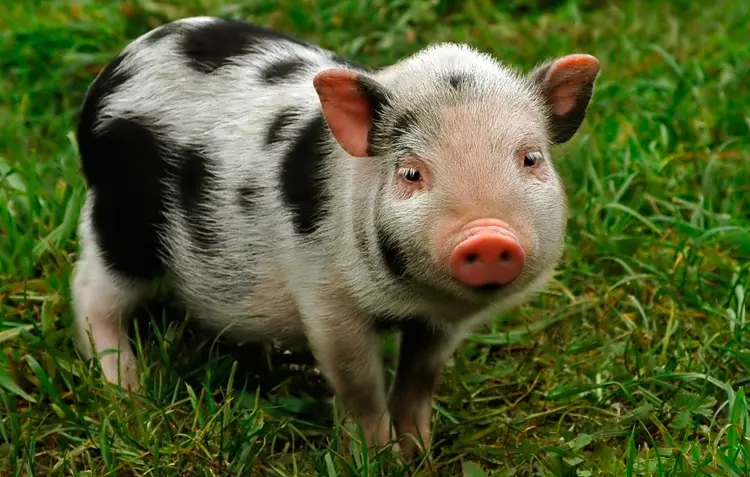
They require specific care and attention for their well-being. They can be trained to use a litter box and even learn tricks. With proper care, their lifespan can reach 12-20 years. This makes them a perfect pet for those looking for an affectionate companion with a playful demeanor. You can’t resist the cuteness of these Miniature Pigs – unless you’re a cat, then you just pretend not to care!
Puppies

Puppies are the cutest animals and full of energy and always ready for playtime. Their curiosity is boundless as they explore their environment. They form strong bonds with humans, making them great family pets. Training them can be both challenging and rewarding; patience and consistency are key. These furry friends fill our lives with joy and unconditional love.
We must remember to care for them properly: feed them a balanced diet, get them exercise, and take them to the vet regularly. Socializing them from a young age will help them grow into well-adjusted adults and make interactions with other animals and people easier. Get ready for an overload of cuteness and smiles!
Quokka
The Quokka, a tiny marsupial, is undeniably captivating. It’s cute and friendly – no wonder it’s so popular!
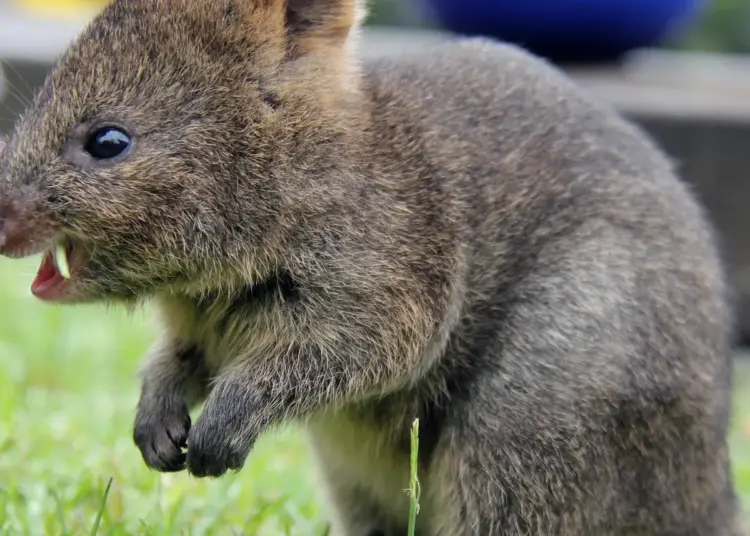
The Quokka has some cool traits that make it extra special. It always looks cheerful – plus, it’s happy to interact with humans. It’s only found in certain areas of Western Australia, with Rottnest Island being its main home.
Pro Tip: When meeting a Quokka, remember to keep your distance. Never feed it human food. Respect its wellbeing and natural behavior!
Shima Enaga
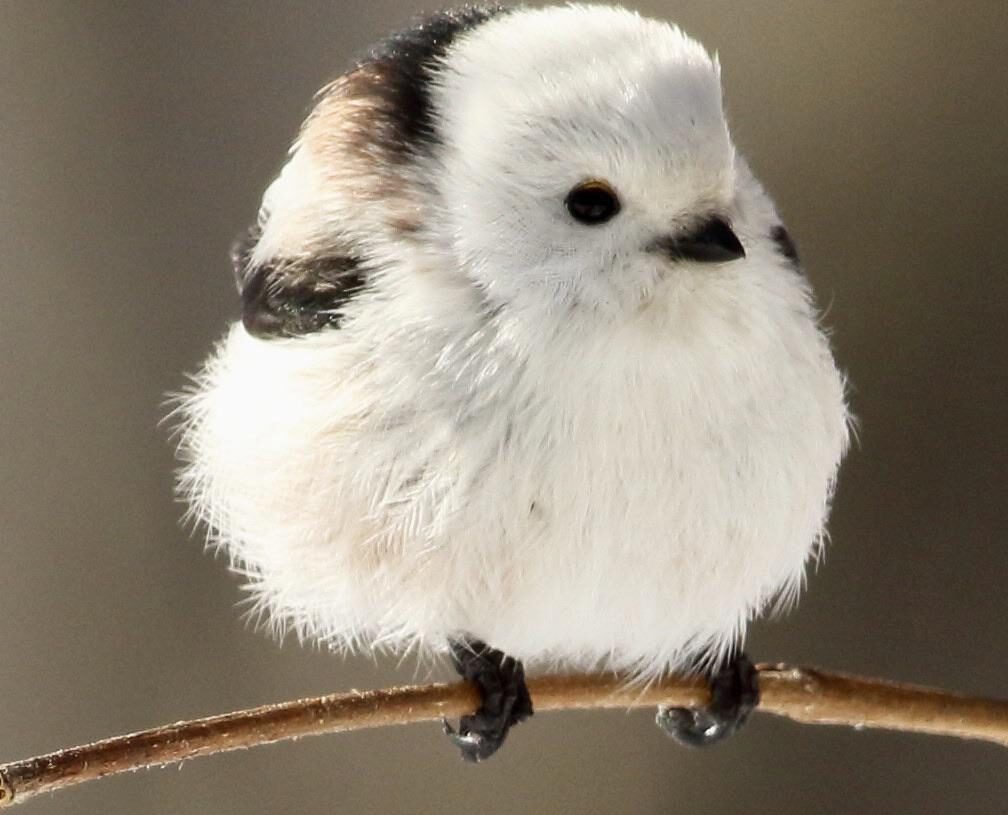
Shima Enaga inhabit Japanese forests. They feed on seeds and insects using their slender beaks. They are ~6 inches long, with long white feathers and black markings on their wings and head. During the day, they are active and socialize in flocks.
Learning more about these stunning creatures allows us to appreciate their beauty and diversity. Check out our articles to uncover other amazing animals! Ready to be amazed? Meet the four-toed hedgehog, nature’s spiky little heart thieves!
Four-toed Hedgehog
The four-toed hedgehog is a small mammal with four toes on each paw. It is known for its spiky quills and nocturnal habits. This species can be found in various habitats such as savannas, forests, and grasslands. They mainly eat insects, small vertebrates, and plant matter.
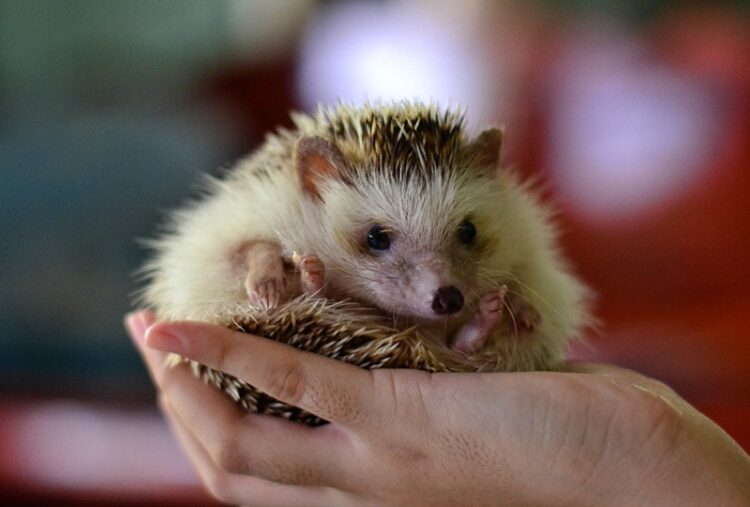
The four-toed hedgehog has features that set it apart from other hedgehog species. Unlike the African pygmy hedgehog, they have four toes instead of five on their front paws. Also, their diet contains a variety of small vertebrates and plant matter.
If you’re thinking of keeping a four-toed hedgehog as a pet, here are some tips:
- Get a suitable enclosure: Make an enclosure with hiding spots and bedding material like shredded paper or hay to mimic their natural habitat.
- Feed them well: Give them high-quality commercial hedgehog food supplemented with insects and occasional fruits or veggies.
- Provide the right temperature and lighting: Four-toed hedgehogs need warm environments between 72-80°F (22-27°C) and natural light during the day.
- Visit the vet regularly: Schedule veterinary check-ups to monitor their health and address any issues quickly.
By following these tips, you can create an environment that helps your pet four-toed hedgehog stay healthy and happy. Remember, each tip plays a vital role in meeting their needs, based on their natural behaviors and requirements.
Penguins
Penguins are found in Antarctica, New Zealand and South Africa. They feed on fish, squid and krill. These birds are not able to fly, but they have waterproof feathers and a layer of blubber to stay warm.
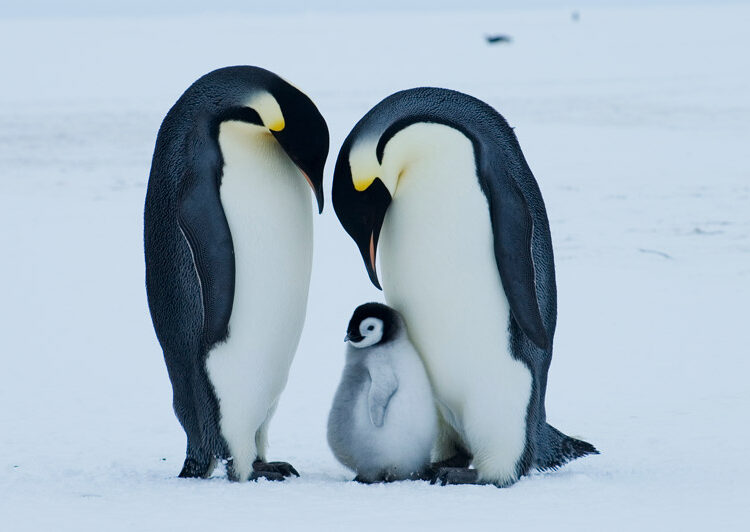
Moreover, penguins display amazing social behavior. They form strong connections with each other in colonies and take care of their young together. The Emperor Penguin species even goes on a special journey during breeding season, where males incubate the eggs under extreme conditions.
A remarkable story tells of a group of penguins that saved one another from starvation by taking turns diving into dangerous waters for food. This selflessness and courage of these creatures is very inspiring.
Penguins have a captivating look and behavior. Whether it’s their graceful swimming or their interactions within colonies, they always leave a lasting impression on us. They are truly adorable!
Otter
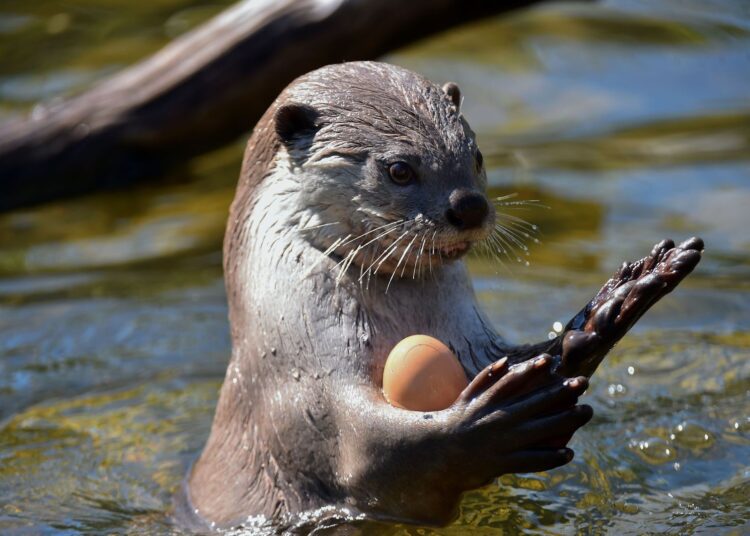
Otters are an amazing species! Not only are they incredibly cute, but they also use tools like rocks and shells to open shellfish – something only a few other animals can do! Throughout history, they have been respected as symbols of good luck and fortune. Unfortunately, they now face threats such as habitat loss and pollution. For this reason, conservation efforts are in place to ensure their survival for future generations.
These delightful creatures make us marvel, as we watch them slide down riverbanks and playfully chase each other in the water. Truly, otters are lovable and will melt our hearts like butter!
Slow Loris
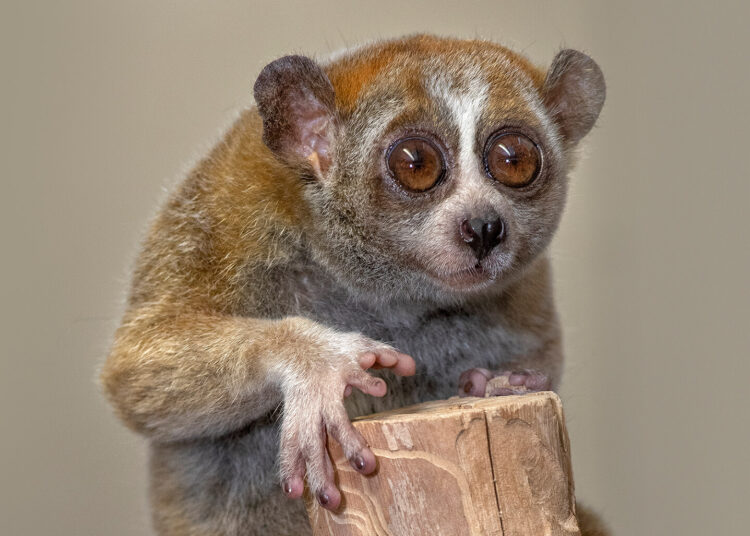
Slow Lorises have large round eyes, granting them awesome night vision. Plus, they have toxic glands on their upper arms, used for self-defense. They’re known for their slow, deliberate movements in the trees. And, their long fingers and thumbs give them a powerful grip. Their diet consists of tree sap, nectar, fruits, insects, and even small vertebrates.
What’s more, their metabolic rate slows when resting, enabling them to save energy. Sadly, poachers try to capture and sell them as pets. But, authorities are working to protect these endangered animals.
Harp Seal
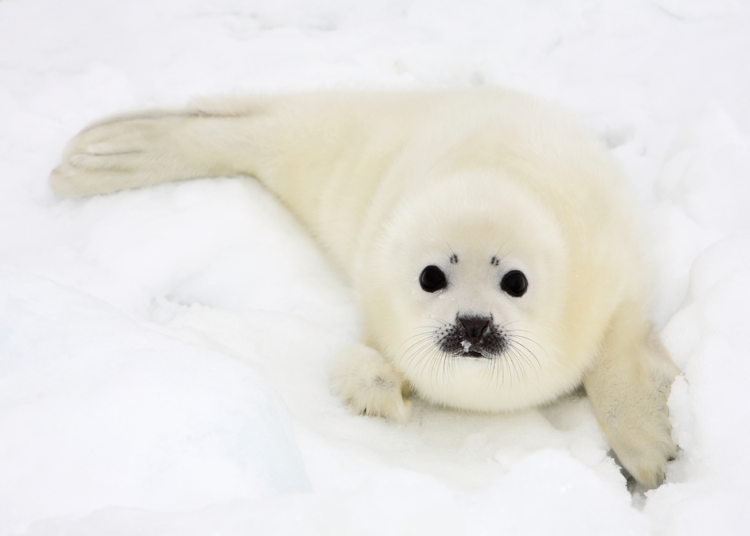
Say hello to the adorable harp seals! Found in the North Atlantic and Arctic Oceans, they’ve earned their unique name from the harp-like pattern on their backs. Cold-weather experts, these seals have amazing adaptations to survive extreme temperatures. Plus, their white fur as pups just adds to the cuteness. With big black eyes and a playful nature, harp seals have stolen the hearts of animal lovers around the world. Don’t miss your chance to learn more about these charming creatures and the lives they lead.
Move over Dracula, the Honduran White Bat is here to suck the cuteness right out of your heart!
Honduran White Bat
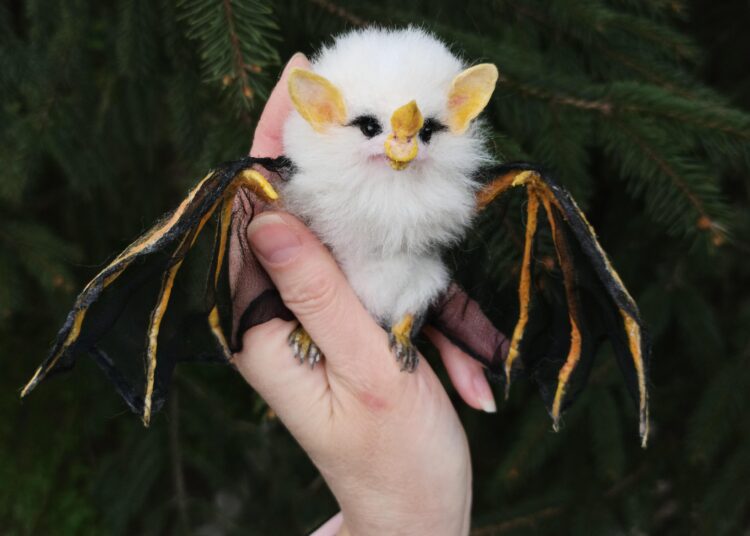
Say hello to the Honduran White Bat – a captivating animal species with its distinctive snow-white fur and leaf-shaped nose. It’s small, measuring around 4-5 cm in length and 7-11 grams in weight. In the tropical forests of Honduras, these bats form small colonies and make shelters out of folded leaves for roosting and maternity purposes.
The Honduran White Bat is an important part of the ecosystem as they aid in pollination and seed dispersal. Don’t miss out on the chance to marvel at this unique creature! Explore its enchanting world and be amazed by its elegance and grace. Seize the opportunity to discover one of nature’s hidden treasures before it’s too late!
Sand Cat
The Sand Cat is a fascinating species, with unique looks and behavior. It thrives in desert environments. Sand Cats are incredible hunters. They have sharp hearing that helps them locate prey underground.
Humans have admired the Sand Cat for thousands of years. Ancient Egyptians depicted them in artworks. This shows our long connection with these remarkable felines.
Siberian Huskies

Behold the majestic Siberian Husky! These dogs have striking blue eyes, thick fur and amazing stamina. They need lots of activity and mental stimulation to stay happy. Chukchi people of Northeast Asia bred them to be sled dogs – making them great work animals. They’re friendly and gentle, but they can also be mischievous. Who needs a monkey’s paw when you can have a Pygmy Marmoset’s finger? Get all the cuteness with none of the curses!
Pygmy Marmoset
The Pygmy Marmoset is here! This petite primate from the Amazon rainforest is known for its endearing appearance and is the world’s smallest monkey. It’s only 5 to 6 inches long and weighs less than a quarter of a pound. Distinctive traits include its long tail, sharp claws, and enlarged incisors that help it feed on tree gums and sap. Plus, its small frame allows it to easily navigate the dense forest foliage.
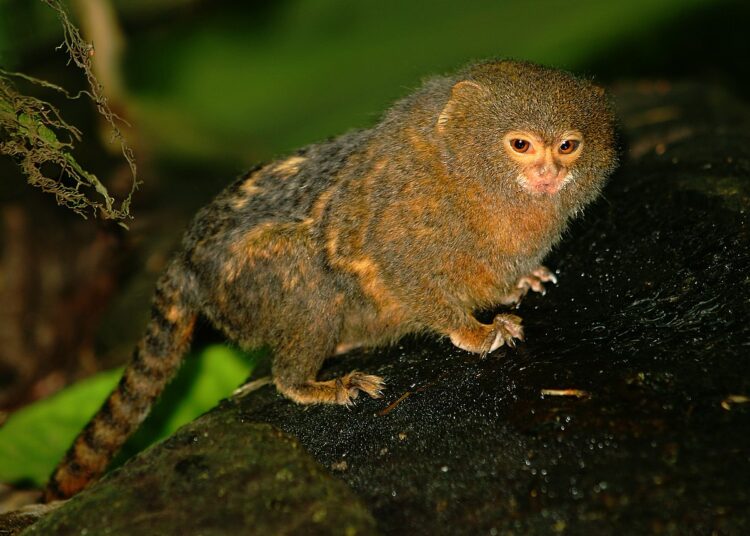
Pygmy Marmosets live in close-knit family groups. Both parents take an active role in caring for their offspring. They can even leap up to 15 feet or more in one jump, making them swift navigators from tree to tree. These monkeys also have a unique vocalization system of trills, whistles, and clicks that helps them communicate within their social group and maintain strong bonds.
The Pygmy Marmoset has been revered by South American indigenous peoples for centuries. It’s believed to be a spiritual creature, possessing luck and prosperity, and associated with various folklore tales and mythologies. Unfortunately, due to deforestation and habitat loss, the Pygmy Marmoset is now threatened. Conservation efforts are essential to ensure its survival for future generations to admire and preserve its delicate beauty.
Pink Fairy Armadillo
The Pink Fairy Armadillo casts a spell on onlookers with its delicate pink hue. This nocturnal creature is captivating and has many intriguing features. Its small size, armored shell, and strong claws let it burrow effortlessly in the sands of Argentina. It stands out due to its fused vertebrae, giving it stability in its underground home. This armadillo species has a streamlined body designed for life beneath the ground.
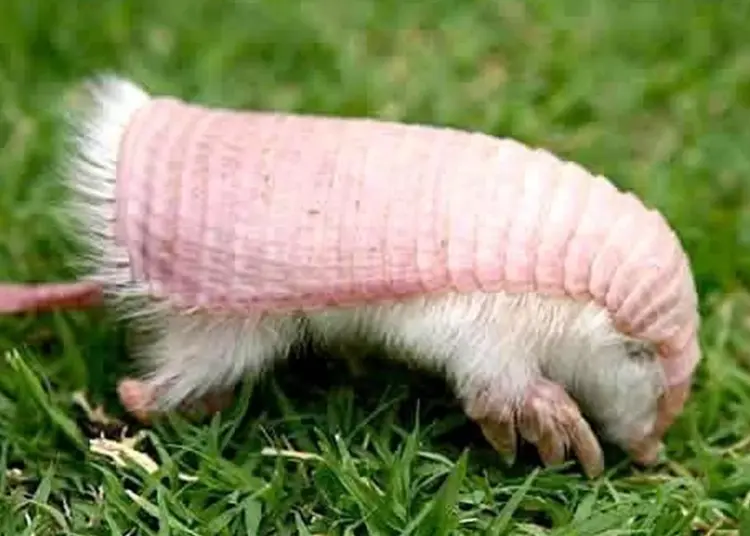
This remarkable creature possesses well-developed senses like acute hearing and a keen sense of smell. Despite its size, it can locate food sources such as insects, worms, and plant material. It also has specialized teeth for crushing hard shells.
It was discovered in 1825 by French naturalist Félix Édouard Guérin-Méneville, and became an object of fascination. Sadly, habitat loss and agricultural activities are putting it at risk. To protect this enchanting species and its unique beauty, conservation efforts are being made to raise awareness.
Desert Rain Frog
Behold the Desert Rain Frog, a mesmerizing creature that has caught the eye of scientists and nature lovers alike. It lives in South Africa’s arid regions and has a round body, short limbs, and protruding eyes that help it survive in tough desert conditions. Its sandy color and small size let it blend in with its surroundings to avoid predators.
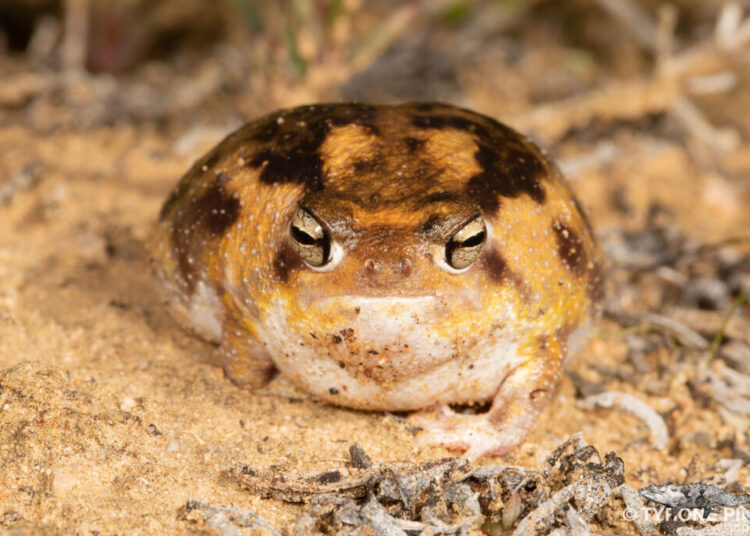
But, its most impressive feature lies in its vocalizations – a high-pitched screech that sounds like a distressed sheep or squeaky toy! Scientists don’t know why it calls, though they believe it’s either to show its territory or attract a mate.
The Desert Rain Frog is more than just an intriguing sight, it’s also essential to its ecosystem. It eats insects and other small invertebrates and is eaten by snakes and birds. This helps maintain balance in the desert.
If you get a chance to witness this enchanting frog, don’t miss it! Its appearance, vocalizations, and role in its environment make it a wonder worth cherishing. So, explore South Africa’s arid lands and experience the magic of the Desert Rain Frog.
Tarsier
Introducing the Enchanting Tarsier: A small primate, with giant eyes and amazing jumping skills – the Tarsier is known for its nocturnal lifestyle. Found in Southeast Asia, they feast on a variety of insects, spiders and small vertebrates.
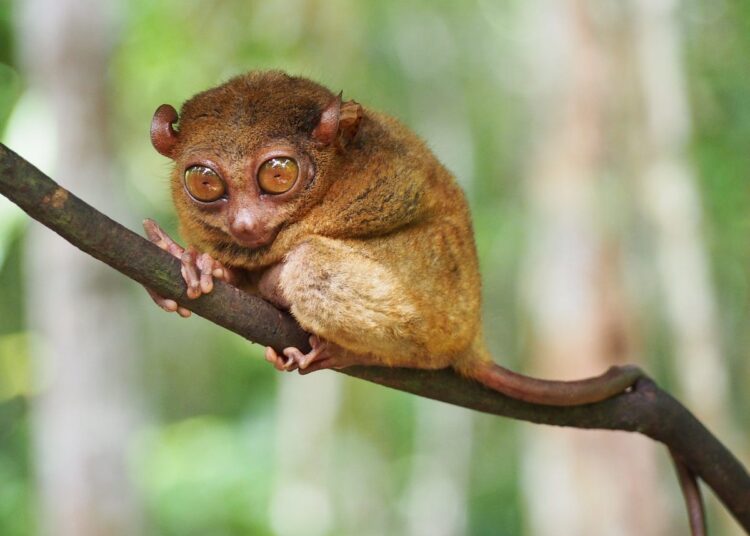
Captivating Features: With its unique physical features, such as long fingers and toes, the Tarsier enthralls scientists and nature enthusiasts. Its large eyes help it navigate in darkness, whilst its acute hearing allows it to detect prey with remarkable accuracy.
Vocalizations: The Tarsier communicates through a range of vocalizations, heard within the Indonesian rainforests. From shrill calls to soft trills, each species has a unique sound. These vocalizations are used for territorial defense and mate selection.
Heartwarming Tale: Conservationists discovered a tarsier, named Tambo, who had lost his home due to deforestation. After nursing him back to health, they released him into a protected rainforest, reuniting with his family. This tale emphasizes the importance of preserving Tarsier habitats.
Bilby
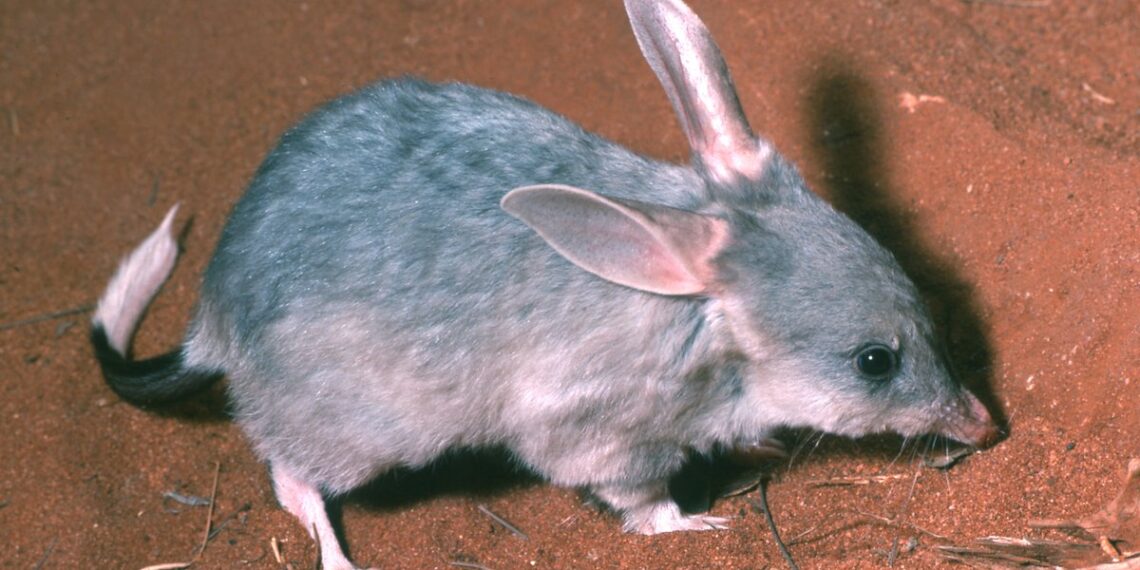
Bilby is a captivating marsupial and cutest animal found in Australia’s arid regions. With long ears, a pointed snout and silky fur, it feeds on insects and seeds. Plus, its digging skills aerate soil and make shelters for other animals. Sadly, it’s endangered due to habitat loss and predators.
To help them survive:
- awareness through education and media.
- Implement strategies like protected areas and predator control.
- Support sustainable land management.
Lemming
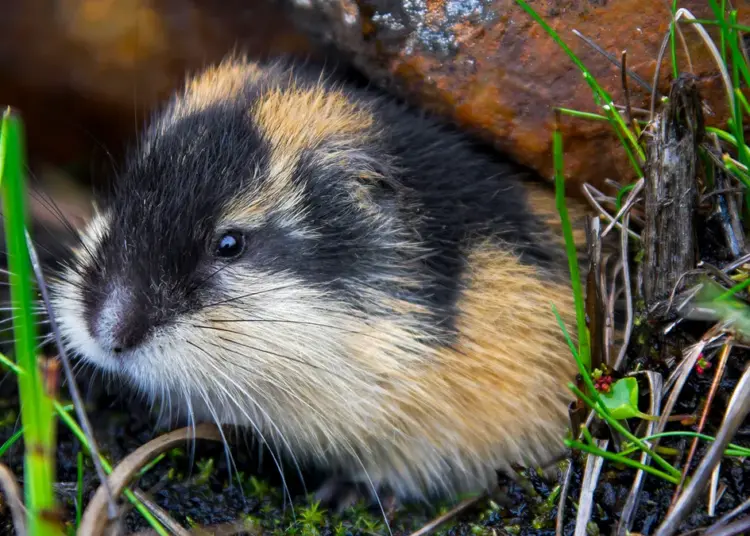
Lemmings – these endearing creatures have captivated hearts! Found in Arctic tundra regions, they have thick fur and short tails. Round bodies and large eyes make them adorable. Plus, they’re social cutest animal that live in colonies. They build burrows and communicate with vocalizations and scent markings. Plus, they have a unique migration behavior.
Contrary to popular belief, lemmings don’t commit mass suicide by jumping off cliffs. This misconception came from an early nature documentary. It was staged for entertainment! Actually, their migrations are driven by food availability, not suicidal tendencies.
Move aside Batman! Bat-Eared Fox has come to steal the spotlight with its cute and EARS-istible charm!
Bat-Eared Fox
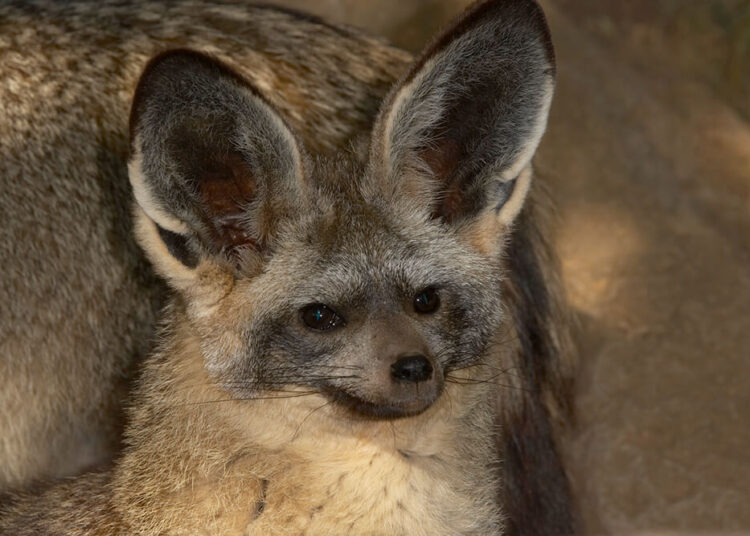
Move aside, Dumbo the elephant, ’cause the bat-eared fox is here! Also known as Otocyon megalotis, these small African canids are distinguished by their big ears resembling those of a bat. These ears help them find insects underground, their main food source. You’ll find them in grasslands and savannas across East and South Africa.
Wildlife enthusiasts love these foxes for their looks and playful nature. Their ears serve a purpose and are oh-so-charming! Plus, they got fluffy fur coats in hues ranging from tan to grey – perfect for camouflage in their habitat.
Bat-eared foxes also have remarkable social behavior. They live together in family groups consisting of an alpha male-female pair and their offspring from previous litters. This cooperative breeding system allows young foxes to learn important skills from experienced adults before heading out alone.
Dumbo Octopus
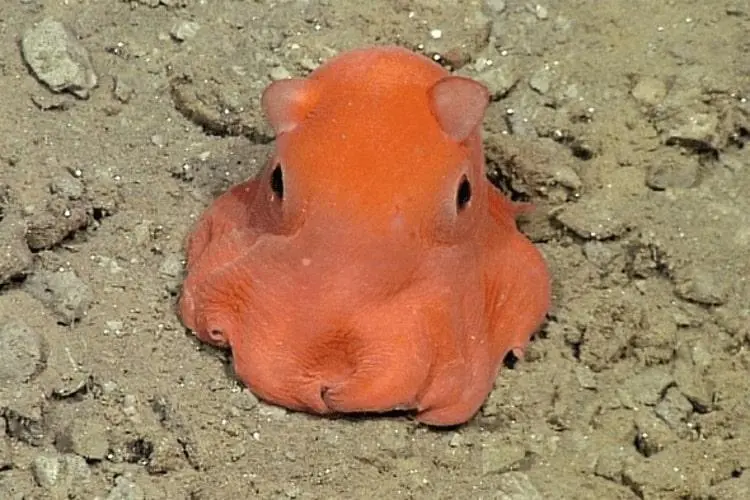
The Dumbo Octopus is a mysterious creature. It lives in the deep ocean and has webbed tentacles and large fins. Its distinct features make it stand out from other octopuses, and its charming and elusive nature captures hearts with ease. If you’re lucky, you might spot this captivating specimen. Its beauty and grace are sure to melt your heart.
When it comes to cuteness, galagos have it all! Their big eyes and adorable stare are almost impossible to resist.
Galago
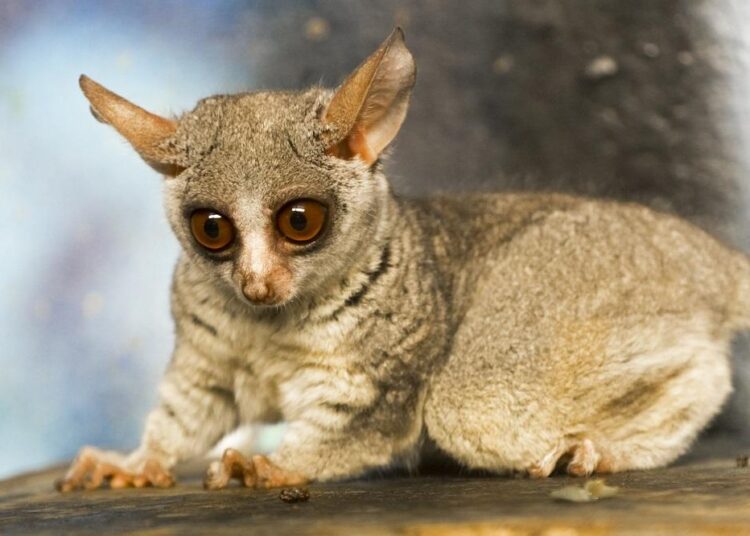
The galago’s huge eyes and fluffy tail are designed to melt your heart! This small primate, also known as a bushbaby, is from Africa. Its large ears help it hunt prey at night. Plus, its powerful hind legs let it leap through trees with ease. Galagos communicate through vocalizations and are close with family. They mostly eat insects, but also have fruit and tree sap.
These sweet creatures are nocturnal and spend their nights hunting and preening. So if you spot one in the wild, savor the moment and appreciate its beauty. Pro Tip: When you see a galago in its natural habitat, remember to watch from a safe distance, so as not to disturb or stress it. Don’t be fooled by their cuddly looks; wombats are Earth’s real-life bulldozers with fur!
Wombat
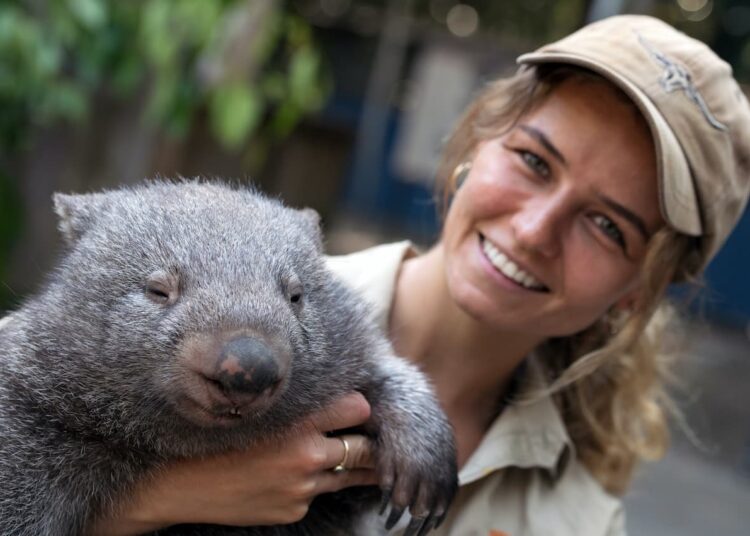
The wombat is a unique marsupial, enchanting us with its sturdy physique and endearing demeanour. Native to Australia, these furry creatures possess powerful claws and stout legs, making them superb diggers. They craft intricate burrows to provide shelter and protection from predators as they are mainly nocturnal. Herbivorous, wombats have strong teeth that allow them to gnaw tough vegetation, affording them survival in harsh conditions.
A compassionate stranger encountered an orphaned baby wombat crying near a roadside one night. They took it upon themselves to care for the vulnerable creature until they could reunite it with its family.
This tale serves as a reminder of our duty to protect and cherish wildlife. The wombat symbolizes resilience and determination, motivating us to celebrate and safeguard these marvellous creatures for generations to come. These cute acrobats soar through the sky like secret agents, stealing our hearts and nuts!
Siberian Flying Squirrel
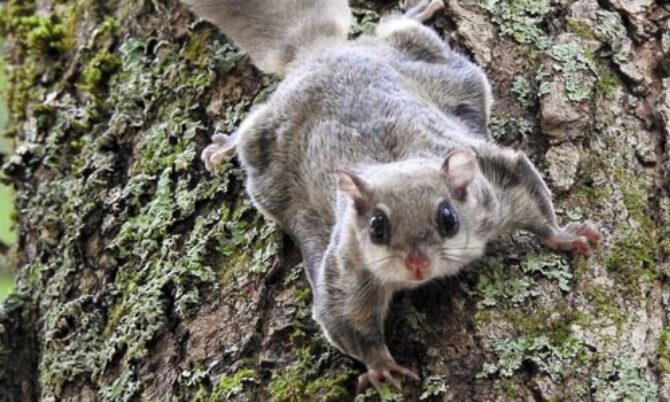
The Siberian Flying Squirrel is a captivating small mammal. Its unique look includes a flap of skin between its front & hind legs, allowing it to glide from tree to tree. It dazzles with its large, dark eyes & soft fur.
Though called “flying,” it doesn’t have wings or the ability to sustain flight. Instead, it spreads its patagium like a parachute when leaping from high perches. It controls speed & direction by adjusting body posture mid-flight.
This nocturnal creature has great night vision, due to enlarged pupils. It eats seeds, nuts, berries & tree sap from trees in its range, aiding the environment’s balance.
Pro Tip: If you ever see one, stay back! Observe from a respectful distance & enjoy its natural habitat.
Pika
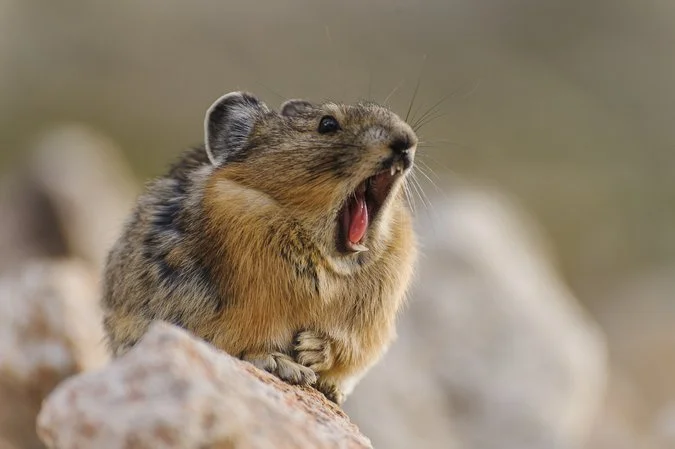
The pika, a small mammal from the Ochotonidae family, is known for its cuteness and quirky habits. It can be found in mountainous regions such as the Himalayas and western North America. Look out for its round body, short limbs, and rabbit-like ears! It is perfectly adapted to cold temperatures and has thick fur to stay warm.
Although small, it gathers food and stores vegetation in “hay piles” during winter. Pikas communicate through vocalizations and have a complex social structure in their colonies. Seeing them in their natural habitat is a wonderful experience that shows how amazing nature can be.
Pro Tip: If you ever meet a pika in the wild, remember to watch from afar and not disturb their delicate ecosystems. Beware! These little critters may be small, but they have more tricks than a truckload of bananas!
Squirrel Monkeys (cutest animals)
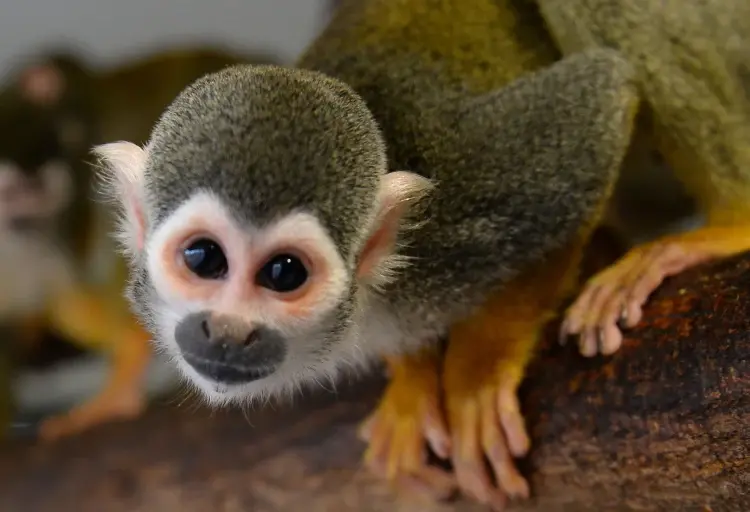
Squirrel monkeys have slender bodies and long tails, which make tree-climbing effortless. They are smart and use vocalizations to communicate. Their diet includes fruits, insects, and small vertebrates. These monkeys are known for their acrobatic abilities, able to leap up to 10 feet!
These primates form strong social bonds – living in troops of around 20, with females being the most dominant. This cooperative behavior sets them apart from other primate species. To observe these creatures, visit a wildlife reserve or zoo. Don’t miss the chance to witness their playfulness and agility up close!
Learn about more animals with the pages below:
Peacocks
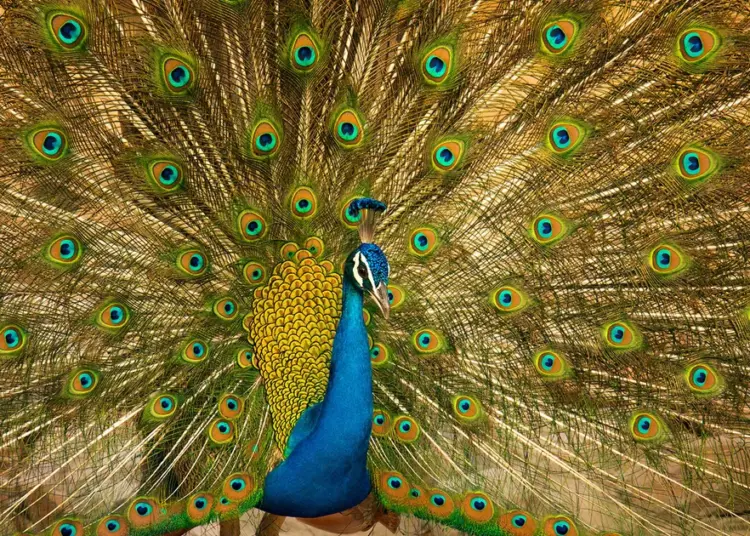
Peafowls, commonly referred to as peacocks, are mesmerizing. Their vibrant and iridescent plumage is a sight to behold. They are known for their elegant appearance and grand displays. Long, flowing tail feathers with intricate patterns add to their allure. Making them a symbol of beauty and regality in many cultures.
The males display flamboyant courtship rituals to attract the attention of the females. With a fan-like spread of their tail feathers and dancing, they create an enchanting spectacle.
These birds possess unique vocalizations. Low grunts to high-pitched calls, they use it for communication or warning signals.
Peacocks evoke a sense of wonder and admiration for the natural world. Don’t miss out on the chance to witness them firsthand and be enchanted by their allure.
Kangaroos
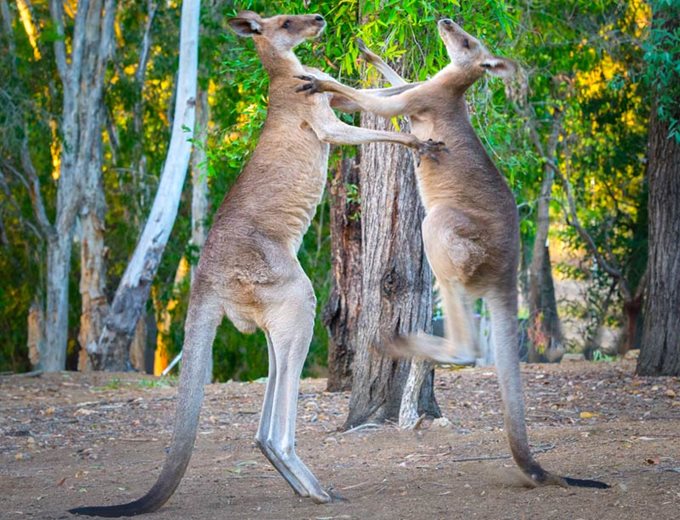
Comprehending the special features and needs of kangaroos is very important for taking care of them properly. By adhering to these tips, we can benefit their welfare and relish their lovely presence in our lives.
Those polar bears may seem huggable, but interfering with them is like taking on a fluffy snowball in a wrestling match.
Polar Bears
Polar Bears have adapted to icy habitats. Their thick blubber and white fur enable them to blend into the snowy backdrop. Hunting techniques include waiting by breathing holes in the ice and using powerful jaws and claws to catch prey.
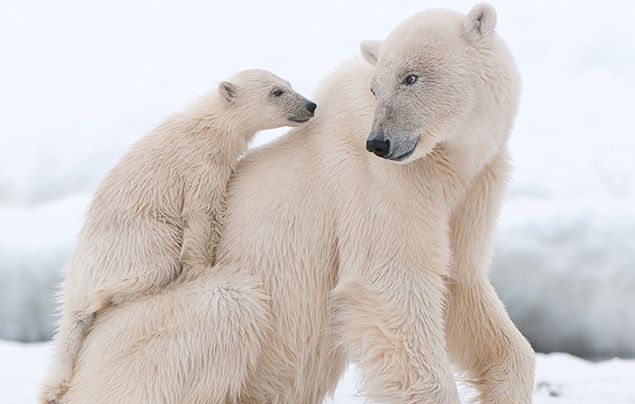
Climate change is a major threat to Polar Bears and conservation organizations are taking action to protect them. These creatures also have a strong maternal instinct, fiercely safeguarding their cubs until they are ready for the Arctic.
Researchers witnessed a touching moment between a mother and her cub that had become stranded on an ice floe. The devoted bear swam across icy waters to save her baby, showing immense love.
The strength of Polar Bears has been demonstrated time and again. To secure their icy home, we must do our part to preserve it before it disappears.
Puffins
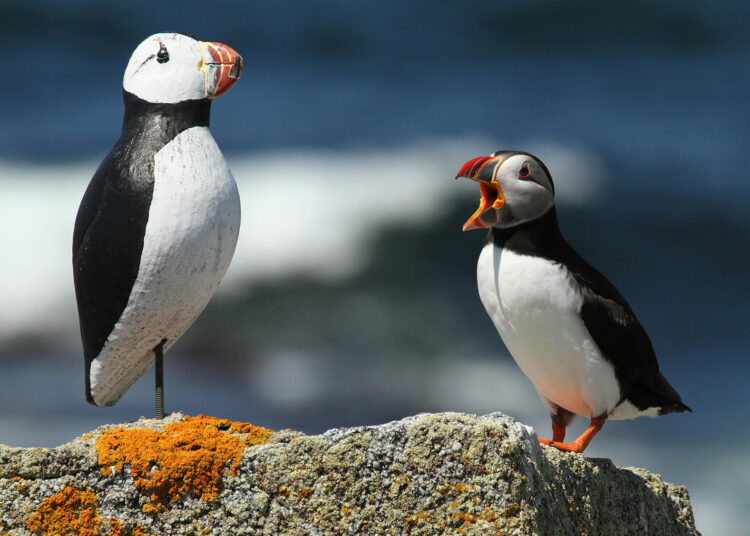
Puffins make an impression. With their brightly-coloured beaks and funny waddle, they charm everyone. They live around the coasts of the northern part of the world. But it’s their diving skills that really take your breath away.
Puffins are loyal birds too – they come back to the same nesting spot each year with their mate. To lay their eggs, they dig burrows into the cliffs. Even though they’re great swimmers, they’re clumsy on land – making them even cuter to watch!
Fact Sources & References
- Angela Saini, “The Code For Cuteness“, BBC Eath.


